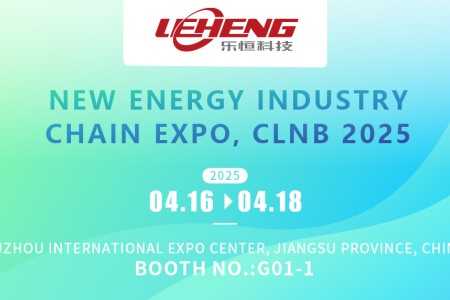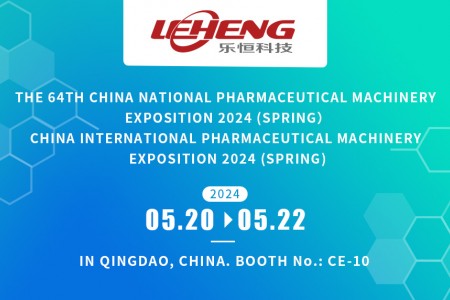Distillation is a common and efficient separation method in the production process of chemical, pharmaceutical and other industries. However, traditional distillation processes require a continuous supply of industrial steam from the outside during operation, and the light component secondary steam generated by the system needs to be condensed and refluxed for extraction. Not only does it have high operating costs, but a large amount of latent heat in the secondary steam is also difficult to be reused, resulting in resource waste. With the continuous increase in steam costs and the approaching goal of " carbon neutral", how to improve energy utilization efficiency in the distillation process has become a challenge faced by industries such as chemical and pharmaceutical industries in the production process.
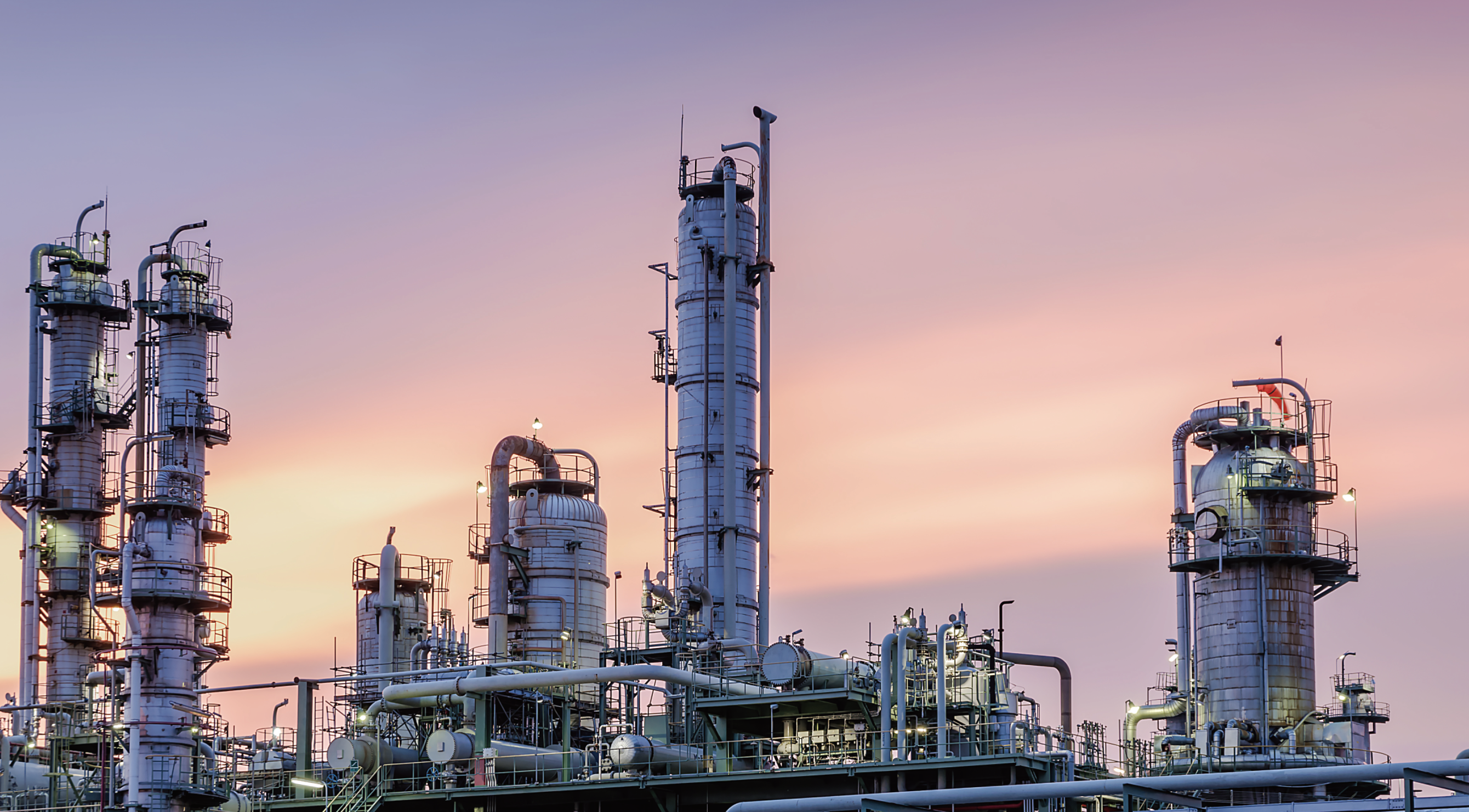
AGT and Leheng Jointly Launch a Heat Pump Distillation System
To solve this problem, Hebei Leheng Energy Saving Equipment Co., Ltd. relies on the core technology of MVR steam recompression and the rich R&D and production experience of pharmaceutical machinery with its parent company, Zhejiang Yaguang Technology Co., Ltd., to jointly launch a new generation of energy-saving heat pump distillation system, providing customers with customized high-efficiency and energy-saving heat pump distillation solutions, effectively solving the problem of high energy consumption in traditional distillation systems and achieving good separation efficiency Significant energy-saving advantages and other advantages.
Energy saving renovation of the deamination tower heat pump that saves 6 million RMB annually
In the production process of lithium battery positive electrode materials, a large amount of industrial wastewater is generated, such as the ternary precursor ammonia nitrogen wastewater, which is mainly composed of sodium sulfate and free ammonia, as well as a small amount of Ni, Co, Mn and other metals. The treatment plan for this type of wastewater is to recover heavy metal ions - deamination - evaporation to recover sodium salts, achieving comprehensive utilization of all components and zero emissions. However, traditional deamination towers require a large amount of industrial steam during their operation, which not only consumes high energy and costs, but also causes significant carbon emissions.
Taking the 2500m³/d ammonia nitrogen wastewater resource treatment system of a new material limited company in Jingmen City as an example, after undergoing heat pump distillation transformation, the comprehensive operating cost can be saved by more than 30%, with an annual cost savings of approximately 6.28 million yuan.
2500m ³/ d ammonia nitrogen wastewater resource treatment system heat pump distillation renovation project
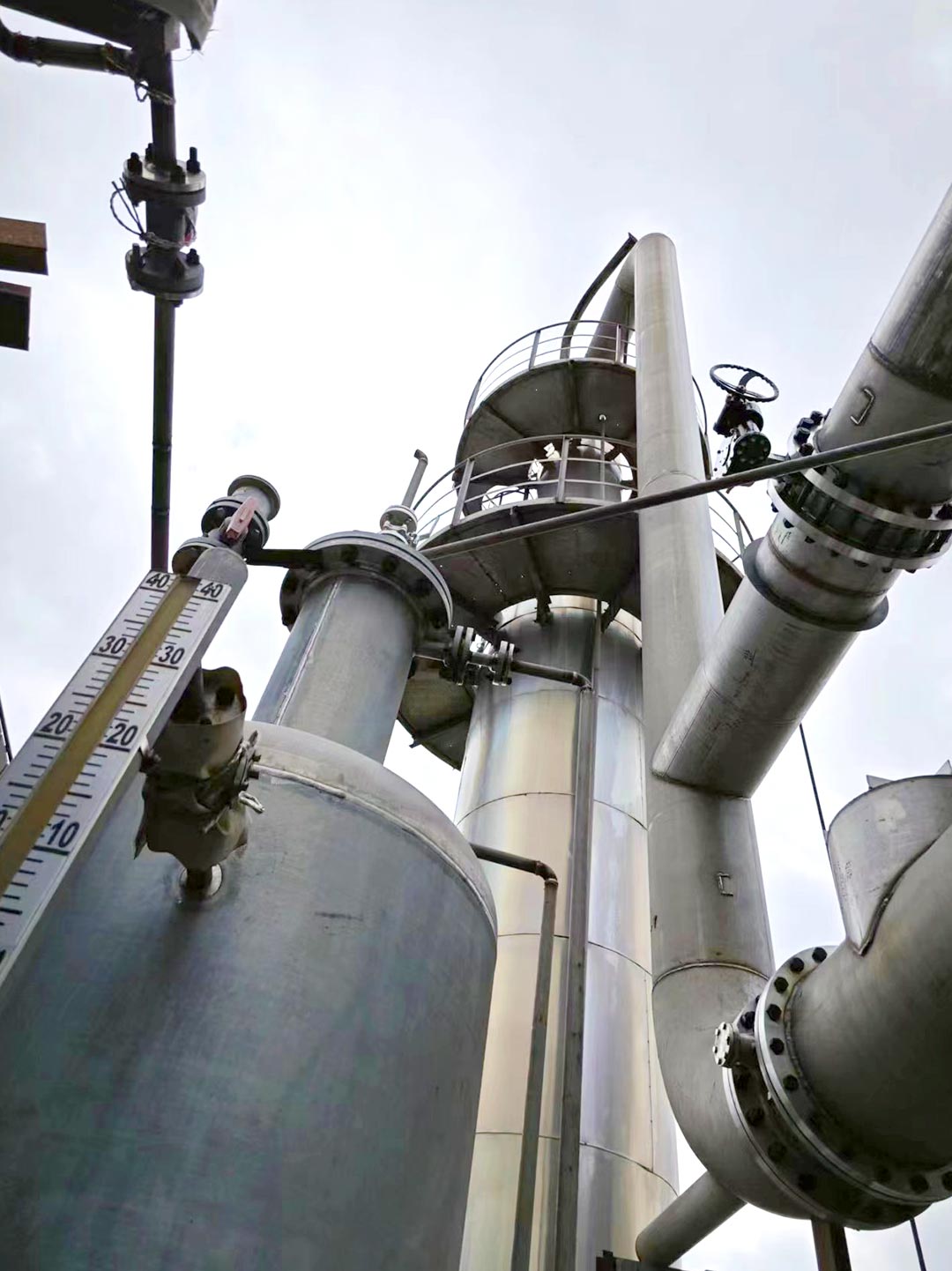
Project Summary
Heat pump transformation will be carried out on the existing deamination tower, where the ammonia containing steam at the top of the tower enters the falling film evaporator for heat exchange with water. After heat exchange, the vaporized low-temperature and low-pressure water steam enters the compressor, and after compression, it becomes high-temperature and high-pressure gas and enters the tower coupling reboiler for heat exchange with the tower wastewater, saving industrial steam consumption.
Process Description
After three stages of preheating, the mother liquor enters the distillation tower for separation. The liquid flows from the bottom of the distillation tower into the reboiler, which is equipped with a coupling reboiler and an auxiliary reboiler. The heat source of the coupling reboiler is the high-pressure gas at the compressor outlet, while the heat source of the auxiliary reboiler is raw steam. The gas at the top outlet of the distillation tower is compressed by the compressor and converted into high-temperature and high-pressure gas. The high-temperature and high-pressure gas enters the coupling reboiler for heat exchange, After condensation, the light components are partially extracted and partially refluxed, and the heavy components at the bottom of the tower enter the preheater for heat exchange with the mother liquor before being discharged.
What is the difference in energy consumption before and after the renovation?



Through the comparison in the table above, it can be seen that after the energy-saving transformation of the heat pump, the project can save approximately 6.28 million RMB in operating costs for one year. With the joint efforts of both parties, the project was officially put into operation on September 6, 2023.
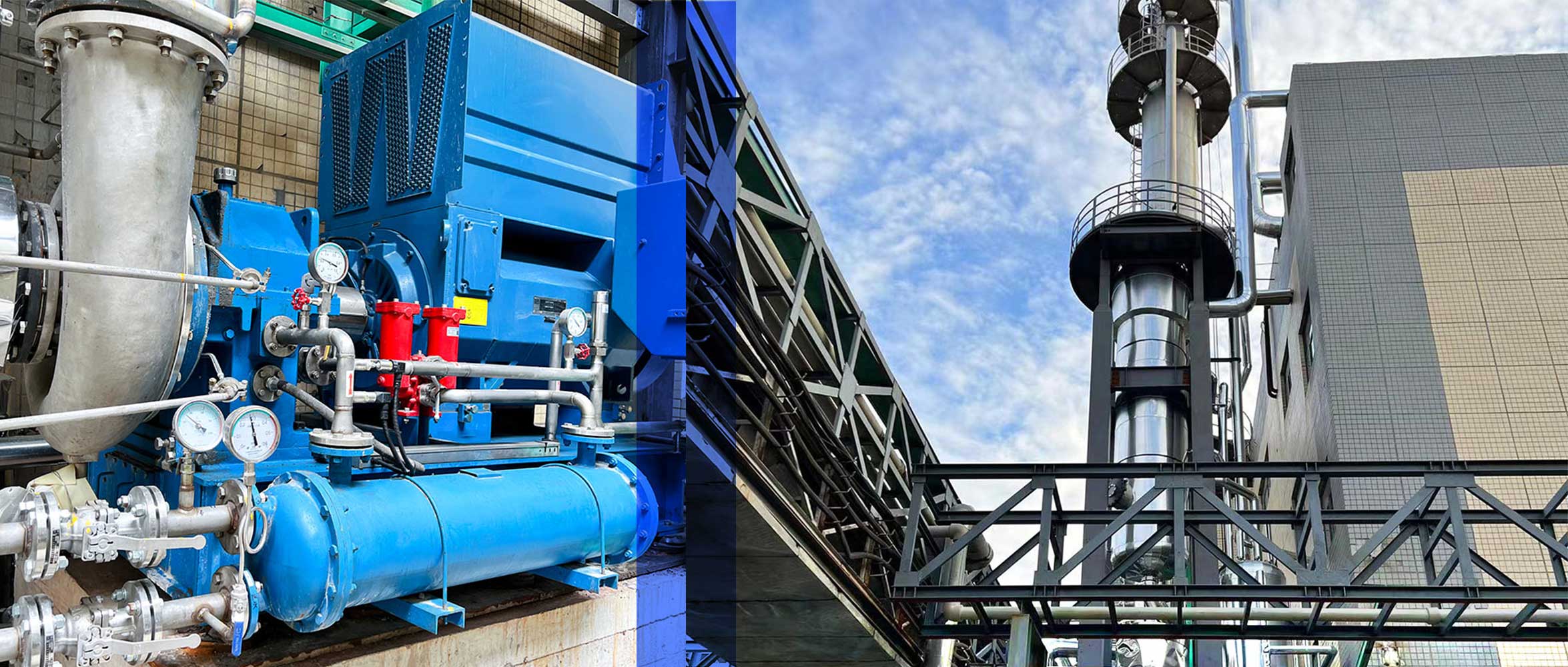
This renovation project not only improves energy utilization efficiency, reduces energy waste, saves production costs, and brings considerable economic benefits to the enterprise; At the same time, it has also contributed to the national goal of promoting energy conservation and carbon reduction, and has assisted in the green and low-carbon transformation and development of the economy and society through practical actions.



